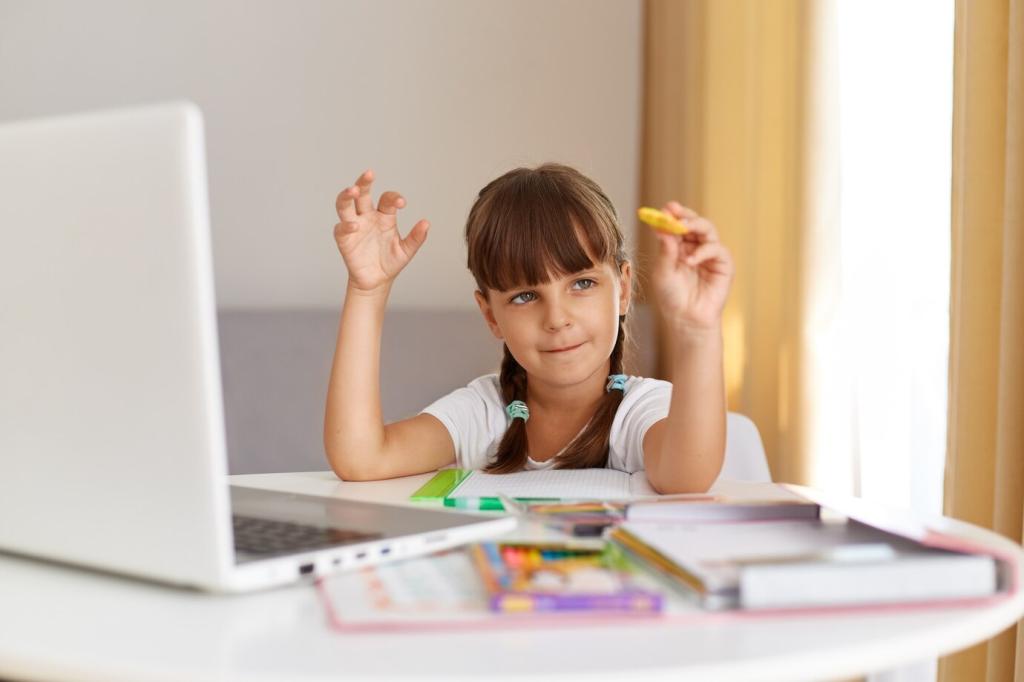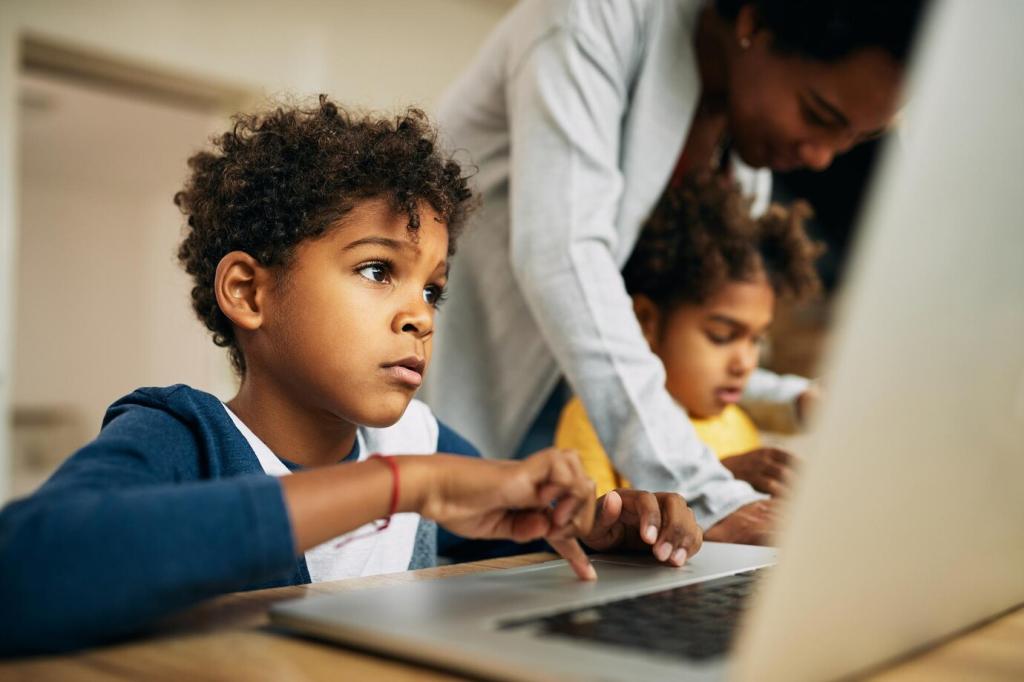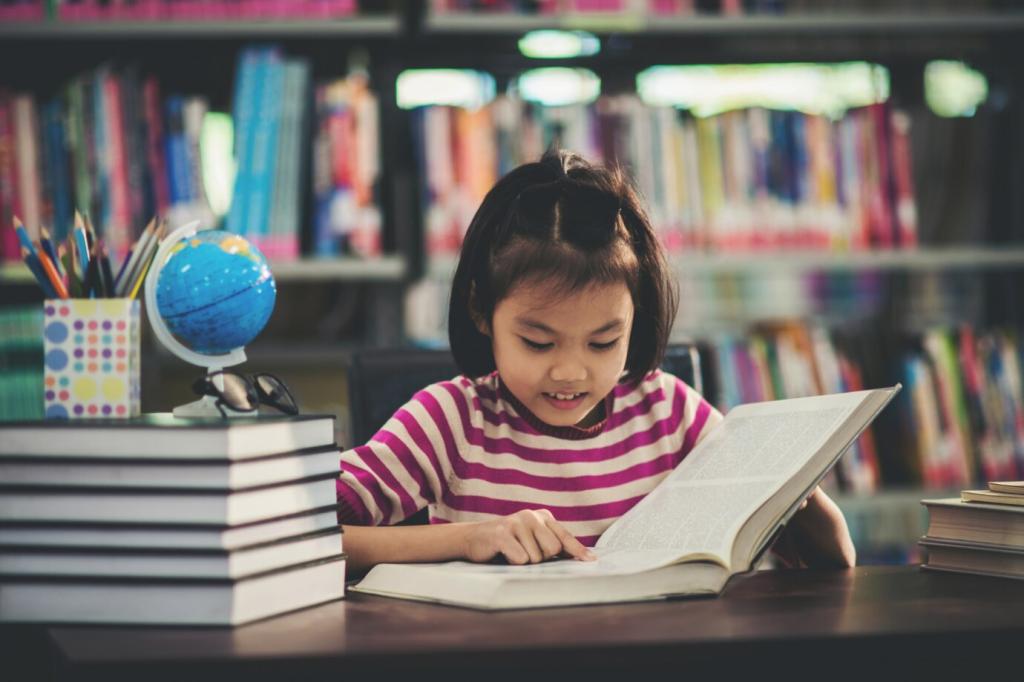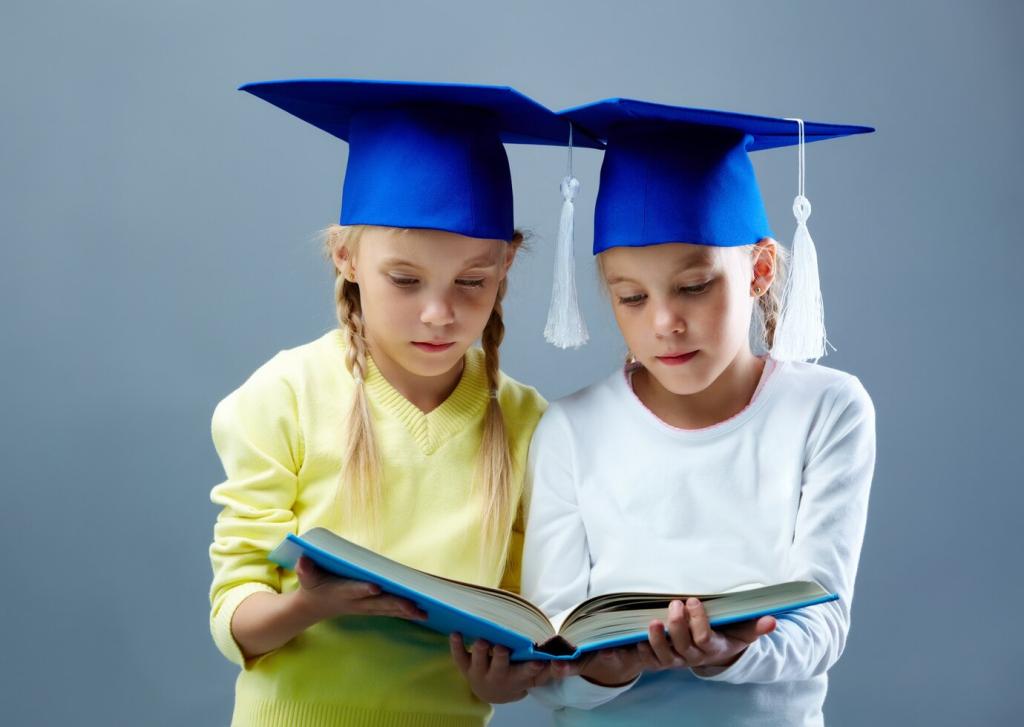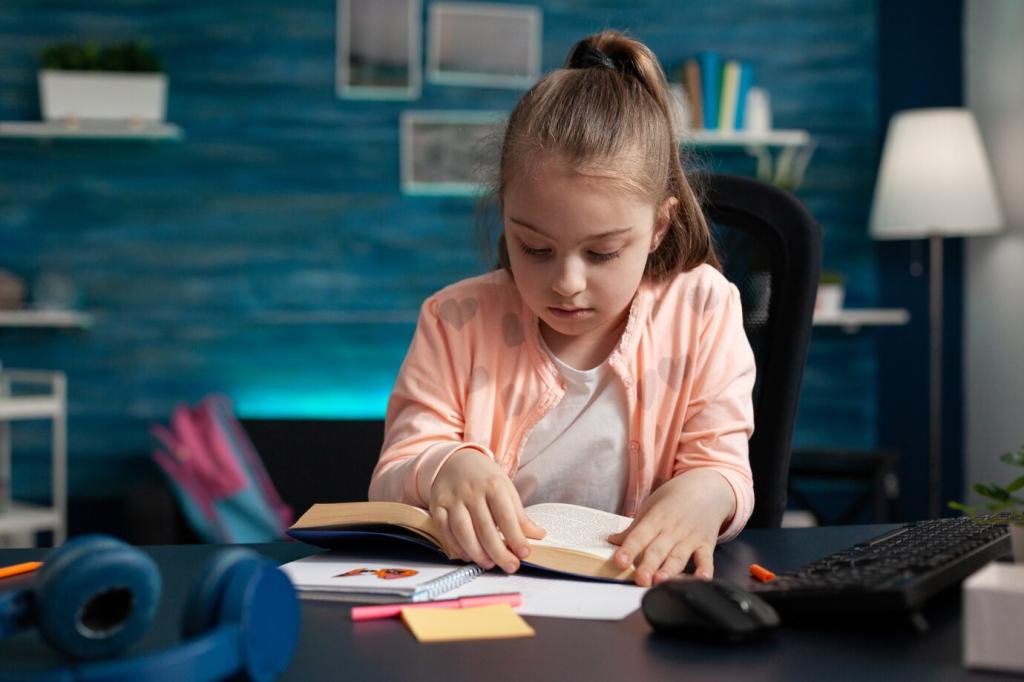Emotional Literacy and Mindfulness for Everyday Moments
When big feelings arrive, try, “I see tight fists. Looks like frustration. Want a reset hug?” This respectful script validates the body and the emotion. Invite kids to draw their feeling and choose a coping card—breath, sip, shake, or talk.
Emotional Literacy and Mindfulness for Everyday Moments
Design a nook with soft textures, a timer, feelings chart, and books. Model using it yourself: “I need two minutes to settle.” Children copy what we live, not what we lecture. Share a photo of your corner to inspire other families.



